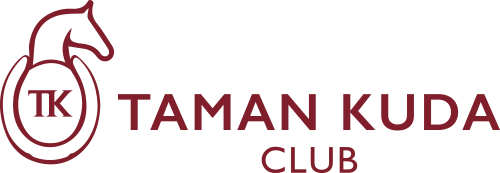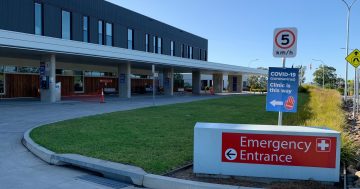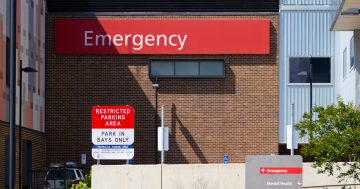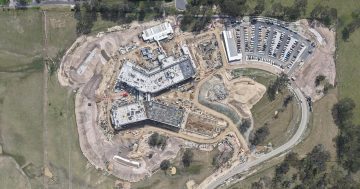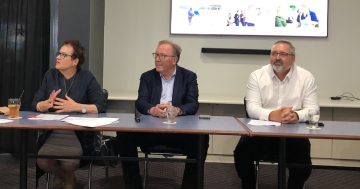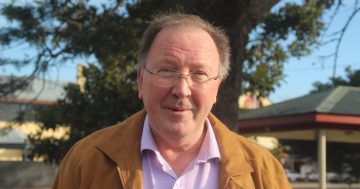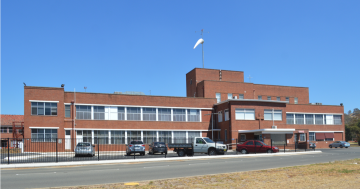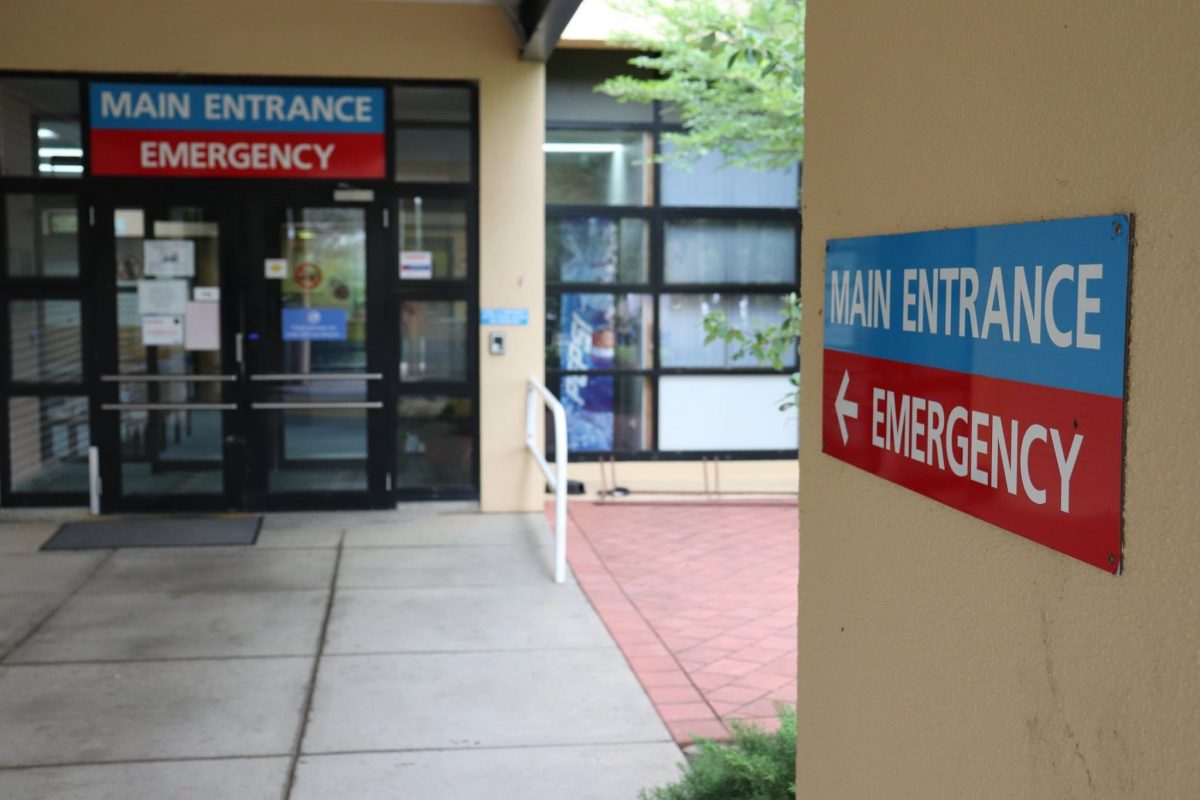
The latest Bureau of Health Information data showed SNSWLHD hospitals delivered a stable performance during the Omicron peak. Photo: SNSWLHD Facebook.
New data has shown despite challenges presented by the Omicron COVID variant, Southern NSW public hospitals delivered above state-average care.
The Bureau of Health Information’s January-March 2022 report showed the Southern NSW Local Health District (SNSWLHD) had 26,632 emergency department (ED) presentations across the quarter.
The region’s public hospitals are Batemans Bay District Hospital, Moruya District Hospital, Goulburn Base Hospital, Cooma Hospital, Queanbeyan Hospital and South East Regional Hospital in Bega.
SNSWLHD CEO Margaret Bennett said the district worked hard to maintain surgical and ED services.
“Our teams maintained timely, high quality services even as many staff were furloughed due to COVID-19 infection,” she said.
According to the data, of SNSWLHD patients:
- 79.4 per cent started treatment on time, above the state average of 70.5 per cent
- 76.8 per cent left the ED within four hours, above the state average of 62.3 per cent
- 87.6 per cent were transferred from paramedics to ED staff within the 30-minute benchmark, above the state average of 62.3 per cent
Cooma Hospital recorded the best result for patients transferred to ED staff within 30 minutes (98.9 per cent), followed by Queanbeyan Hospital (96.9 per cent).
However Goulburn Base Hospital recorded a 30-minute clearance of 76.6 per cent, down from 84.9 per cent for the same period in 2021. This was still above the state average.
The Goulburn, Queanbeyan and South East Regional hospitals were the only health centres in the district which recorded increases in presentations by ambulance, attendances and emergency presentations.
Both Batemans Bay District Hospital and Moruya District Hospital recorded decreases across all three categories. At the same time, Cooma Hospital had 10 more people present via ambulance and decreased attendance and emergency presentations.
SNSWLHD’s results were in stark contrast to the rest of the state.
Total data for NSW showed patients waited longer for ambulance transfers, treatment in ED and to be admitted to a ward, despite fewer attendances overall for the same quarter in 2019.
This prompted renewed calls from the NSW Nurses and Midwives’ Association (NSWNMA) for “reliable” shift by shift staffing ratios to be introduced by the state government.
NSWNMA acting general secretary Shayne Candish said the data reflected what the union heard from staff on the ground.
“The latest hospital data reinforces what we were hearing from members at the time about the incredible pressure they were working under, not long after the NSW government took its ‘let it rip’ approach in mid-December,” she said.
“Members tell us that pressure and the strain on the health system continue today, with the winter peak well and truly upon us.”
Overall state data showed one in 10 people spent more than 18 hours and 29 minutes in the ED.
“How can the NSW government continue to call this ‘world class’ care?” Ms Candish asked.
“Our state desperately needs a transparent nurse-to-patient ratios system to improve staffing, reduce workloads and help manage the ongoing demand.”
The union called for one nurse to every three ED treatment spaces.
NSWNMA acting assistant general secretary Michael Whaites said the ratio would go a long way to curb the number of people who leave an ED before being seen.
“The volume of COVID-19 patients requiring hospitalisation during the January peak put enormous strain on the entire public health system,” he said.
“Meanwhile 18,627 elective surgery patients had waited longer than clinically recommended by the end of the quarter.
“The NSW government can start to fix this now by introducing shift by shift staffing ratios, because clearly its preferred staffing method is no longer fit for purpose and our health system will continue to suffer until change occurs.”
Non-urgent elective surgeries requiring an overnight stay were suspended from 10 January in NSW public hospitals due to Omicron, and resumed in a staged manner in February.
Despite this, 1116 elective surgeries were performed in the SNSWLHD, with almost all urgent elective surgeries (97.1 per cent) done on time.
Ms Bennett said the district was committed to clearing the backlog of surgeries caused by the suspension.
“While we continued to perform almost all urgent procedures on time, I understand how upsetting it can be having a surgery delayed,” she said.
All elective surgeries were performed on time at the Batemans Bay, Moruya and South East Regional Hospitals.
Anyone who felt their condition had deteriorated while waiting for their procedure was advised to contact their doctor for a clinical review to see if they could be placed in a higher category.
Ms Bennett noted the SNSWLHD’s workforce had increased by an additional 575 full-time equivalent staff between mid-2012 and mid-2021, an increase of 32.5 per cent. This included 29 more doctors, 242 more nurses and midwives and 71 more allied health staff.




